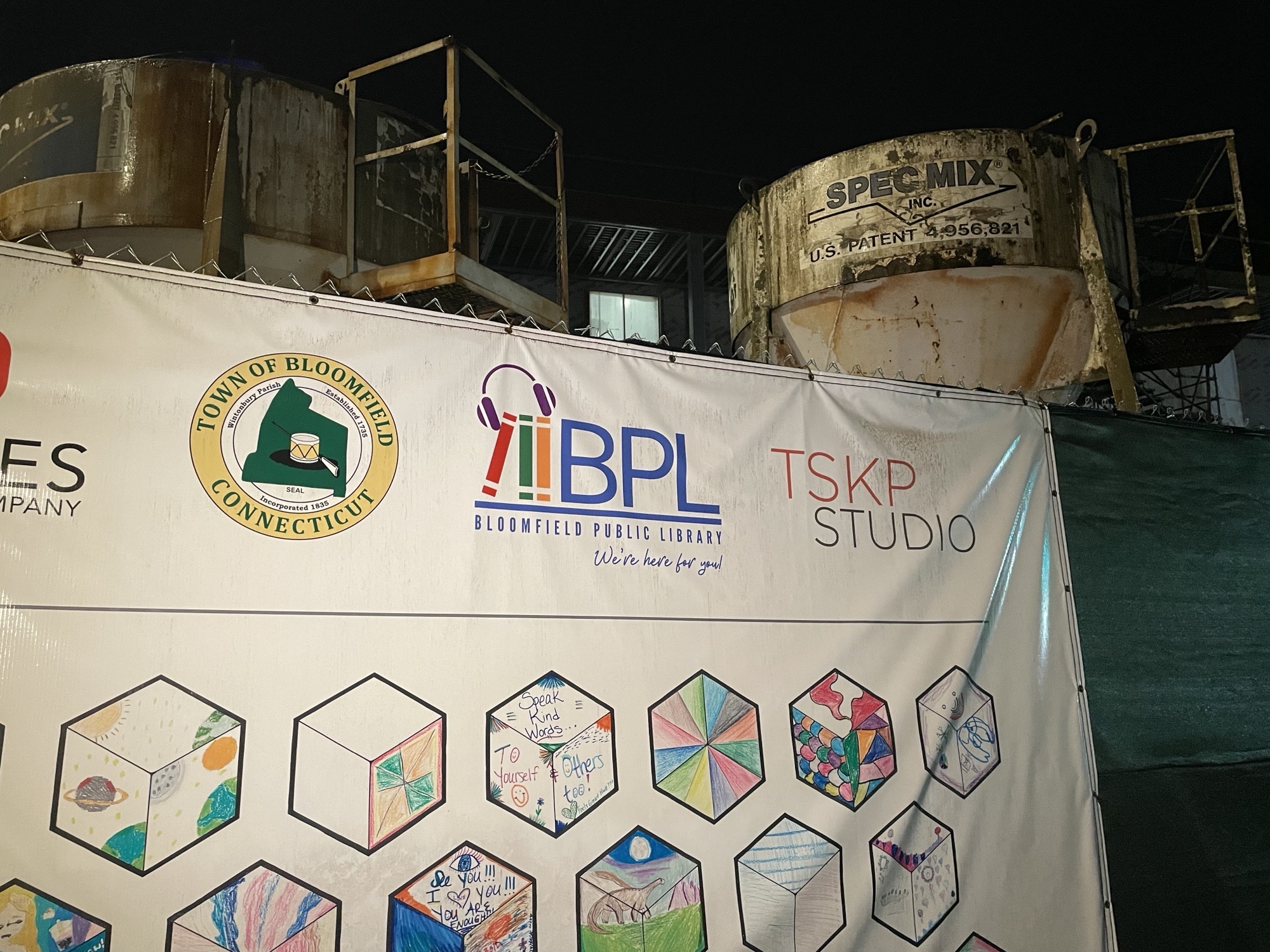For the past several years, Connecticut has seen a spike in the number of deaths caused by fentanyl, a highly dangerous opioid that is often used as a cutting agent with heroin.
Local, state and federal law enforcement have reacted aggressively, conducting a drug bust just this week in Hartford that uncovered half a million pounds of heroin and fentanyl worth upwards of millions of dollars.
The recent drug bust took place in Hartford, right outside of St. Francis hospital and is the largest packaged drug bust yet in Connecticut as well as in New England as a whole. This bust follows a string of fentanyl centric drug busts in the past year:
- In May of 2016 2.5 kilograms of fentanyl were found in New Britain
- In December of 2016, approximately 25 kilograms of fentanyl were discovered in a tractor trailer on Route 34 in Derby. The street value of this was $1.5 million.
- In June of 2017 heroin and carfentanil were found in Bridgeport (carfentanil is similar to fentanyl and 10,000 times stronger than morphine)
In February of 2016, the United States Attorney’s Office and the DEA developed a statewide initiative in Connecticut to combat the crisis, including a protocol for investigating fentanyl overdoses.
Across the United States, fentanyl-related overdoses and deaths are increasing with approximately 8 percent fentanyl related deaths in 2010 to more than 18 percent in 2015. This trend is mimicked in Connecticut, with a 21 percent increase in deaths involving opioids from 2015 to 2016. Where fentanyl is involved - the Connecticut Office of the Chief Medical Examiner (OCME) recorded 483 deaths in 2016 compared to only 14 in 2012.
According to the US Drug Enforcement Administration’s fentanyl briefing, the drug is 50-100 times more potent than morphine and 30-50 times more potent than heroin. And given its potency it is very easy to be exposed to the drug: the drug can be absorbed through injection and oral ingestion, but also through inhalation and skin contact.
Local
This has made it difficult for drug enforcement agency conducting drug busts where fentanyl is present. Just this past September, 11 officers of a SWAT team were taken to the hospital after becoming exposed to the drug during a drug raid. The SWAT team had thrown a flash bag grenade into the house, forcing the drug into the air which the officers inhaled.
As a result, drug and law enforcement have been forced to create a new procedure for handling drug busts where fentanyl is suspected to be present.
But it is difficult to determine if fentanyl is actually present at the scene. Fentanyl is often used in conjunction with heroin and the DEA explains that the fentanyl allows drug manufacturers to increase the potency of heroin without using as much. This cuts production costs and in effect increases sales revenue.
The National Institute of Standards and Technology (NIST) notes that an acid test can determine the presence of fentanyl alone, but when it is mixed with heroin, the test only shows the presence of heroin and not fentanyl. For law enforcement, this means they may enter a drug bust unprepared and find themselves exposed to the effects of fentanyl.
Hartford Deputy Police Chief Brian Foley has been a part of multiple drug busts in Connecticut including the most recent drug bust in Hartford. He believes that police officers should prepare for exposure to fentanyl for every heroin centric drug bust.
“It’s to a point now that we don’t think we are going to find fentanyl, we basically know for every heroin operation there is going to be fentanyl there and we have to prepare as such,” Foley said after the Hartford fentanyl drug bust where law enforcement wore hazmat suits and were sprayed down after entering the premises as a precaution against the fentanyl.
NIST, however, believe that preparing for the worst every time is not altogether beneficial.
“People working day to day known need to know when and if to be concerned,” said Jennifer Verkouteren a member of the Surface and Trace Chemical Analysis Group at NIST. “Because they have limited resources and because if you don’t it is just going to wear on you.”
The Trace Chemical Analysis Group instead proposes using Ion Mobility Spectrometry (IMS) a type of technology that can perform data analysis on drug samples and determine if fentanyl is present in the compound.
“In the field, the acid test can miss the color for fentanyl and only get the heroin. When you use this technology you can identify the fentanyl and take the proper precautions,” said Verkouteren.



